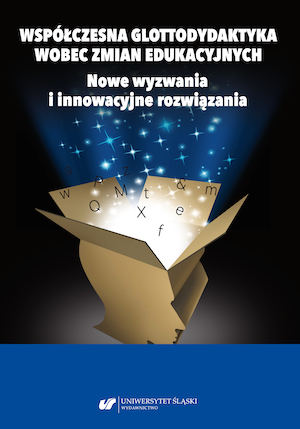Aspekty innowacyjne w nauczaniu języka obcego ogólnego (EGP) oraz specjalistycznego (ESP). Podejście neurodydaktyczne
Innovative aspects of EGP and ESP courses. The neurodidactic approach
Author(s): Elżbieta Suszańska-Brzezicka
Subject(s): Education, Foreign languages learning, Language acquisition
Published by: Wydawnictwo Uniwersytetu Śląskiego
Keywords: neurodidactics; analitical and associational thinking; the two right main phases; dual nature; qualititive and quantitative approach
Summary/Abstract: The aim of this paper is to present the essential concepts of neurodidactics and wholistic teaching being in agreement with Steiner’s principles of anthroposophy. Steiner’s views constitute the beginning of innovative foreign language teaching referring to EGP as well as ESP classes. The existing Polish model of didactically innovative approach is referred to as the method of gamification. It should also be noted that Polish specialists emphasize the significance of analytical and associational thinking, critical thinking and learning to process information. The properly organized pathway of teaching should consist of the transition period, the two right main phases and the presence of the carrier content. Generally, the learning-teaching model of educational activities should be of dual nature. Polish researchers (Potocka, Sierocka, 2013) underline the importance of qualitative and quantitative approach to foreign language teaching as well as the significance of communicative brain-friendly manner of learning and teaching (Chojak, 2019; Żylińska, 2013). The theoretical models are illustrated by examples of their practical implementation in the form of the author’s teaching materials.
Book: Współczesna glottodydaktyka wobec zmian edukacyjnych. Nowe wyzwania i innowacyjne rozwiązania
- Page Range: 171-190
- Page Count: 20
- Publication Year: 2022
- Language: Polish
- Content File-PDF

